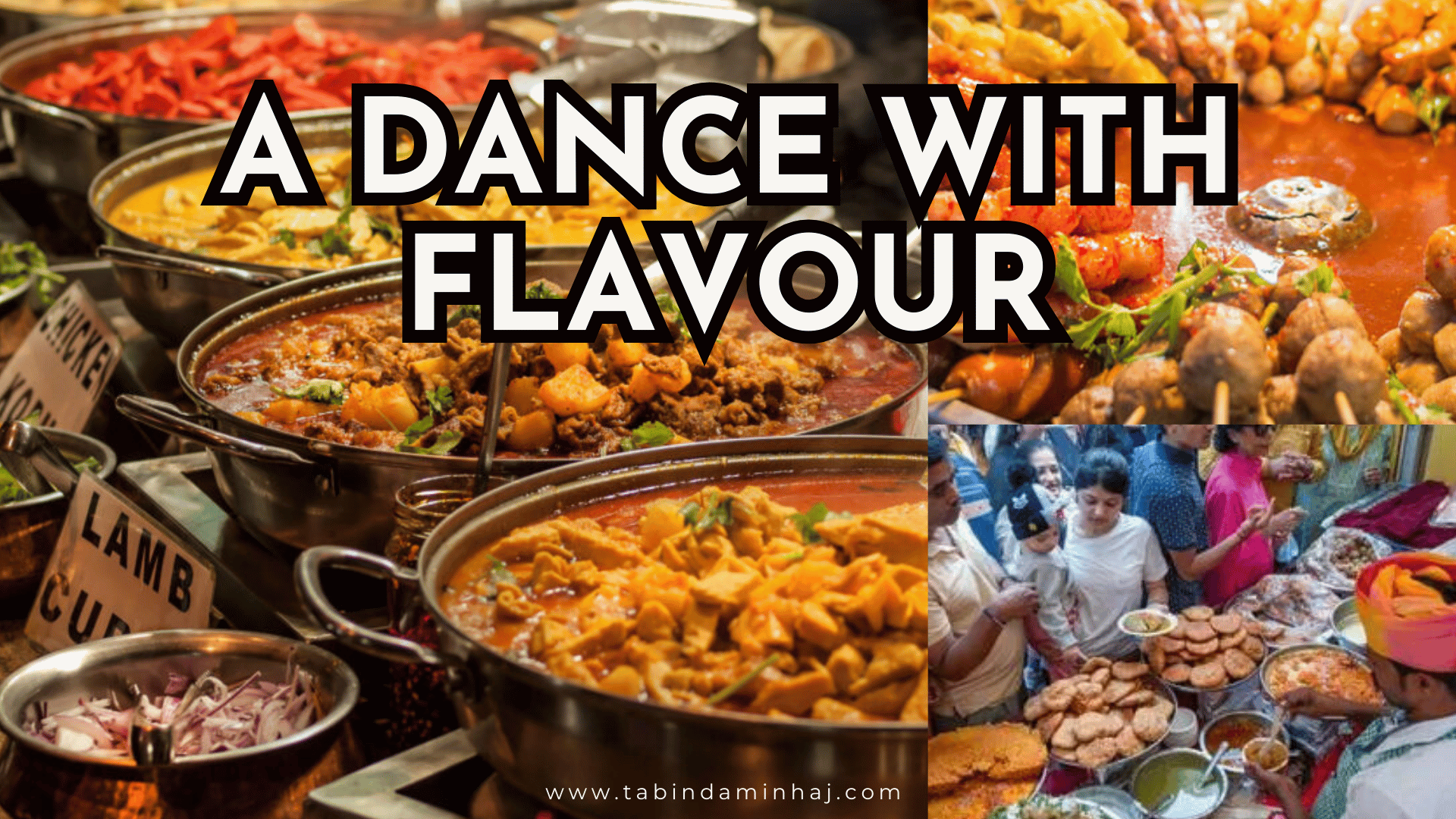The aroma of sizzling barbequed meat mingles with the fragrant steam of world-famous Karachi biryani, a symphony of scents that draws you into the heart of a bustling marketplace in a developing nation. Street food vendors, their carts overflowing with vibrant colours and textures, paint a picture of culinary adventure. But beneath the tantalizing facade lies a question that lingers for many visitors: is it safe to eat?
The popularity of street food in developing countries is undeniable. It’s a cultural tapestry woven from affordability, convenience, and sheer deliciousness. For many, it’s a daily staple, a quick and flavourful bite amidst the chaos of urban life. A steaming bowl of piping hot Thai Pad See Ew noodles might beckon the weary traveller in Bangkok, while the rich aroma of a freshly grilled seekh kebab in a bustling Delhi market can be equally enticing. Increasingly, these culinary experiences are being captured and shared by adventurous YouTubers and food bloggers.
These digital nomads, with their cameras and infectious enthusiasm, have propelled street food in developing countries onto the global stage. Their videos showcase the exotic ingredients, the vibrant atmosphere, and the sheer deliciousness of these culinary experiences. From the melt-in-your-mouth indulgence of Indian butter chicken served with fluffy naan to the explosion of flavours in a plate of Pakistani haleem, a hearty stew brimming with lentils, meat, and spices, these online adventures expose a world of taste sensations. However, this newfound fame comes with a hidden cost.
The very elements that contribute to its charm – the open-air kitchens, the constant flow of customers, the limited resources – can also pose a risk. Unlike the sterile kitchens of high-end restaurants, street food stalls often operate in cramped spaces with limited access to clean water and proper sanitation facilities. The rhythmic clanging of utensils might mask the question: are those utensils being properly washed? The sizzling heat of the tandoor oven used to bake fragrant Indian naans might not be enough to eliminate all foodborne pathogens.
The challenge is further compounded by a lack of awareness. Not all vendors are familiar with proper food handling practices. Cross-contamination, improper storage of ingredients, and inadequate cooking temperatures can all contribute to the risk of illness. Additionally, in some cultures, there’s a perception that street food exposure builds immunity, a belief that can hinder the adoption of stricter hygiene measures.
But amidst the potential risks, there’s a growing movement for change. Local governments are recognizing the importance of street food culture and are taking steps to improve hygiene standards. Initiatives like training programs for vendors on safe food handling practices and the introduction of designated “clean food zones” are making a difference. Consumers, too, are playing a role. A growing awareness of food safety is leading people to be more selective about where they eat.
Youtubers and food bloggers have a unique responsibility in this evolving landscape. While their enthusiasm for street food can be a powerful tool for cultural exchange, it’s crucial to be transparent about the potential risks. Focusing solely on the deliciousness and visual appeal can paint an unrealistic picture and encourage reckless exploration.
Governments, on the other hand, need to find a balance between regulation and preservation. Implementing stricter hygiene standards and conducting regular inspections are essential steps towards ensuring public health. However, overzealous regulations can stifle the very essence of street food culture. Collaboration with vendors and training programs can be more effective than simply shutting down stalls.
Ultimately, the allure of street food lies in its ability to connect you to the heart of a place. It’s a chance to savour authentic flavours, witness culinary traditions in action, and experience the vibrant energy of the streets. By adopting a few precautions, supporting vendors who prioritize hygiene, and Youtubers promoting responsible exploration, we can ensure that this dance with flavour doesn’t end in a tango with a tummy ache. So, the next time you find yourself drawn to the aroma of sizzling spices and steaming delights, approach with an adventurous spirit, a healthy dose of awareness, and a critical eye for responsible digital representation. The rewards, both culinary and cultural, are well worth the exploration.
